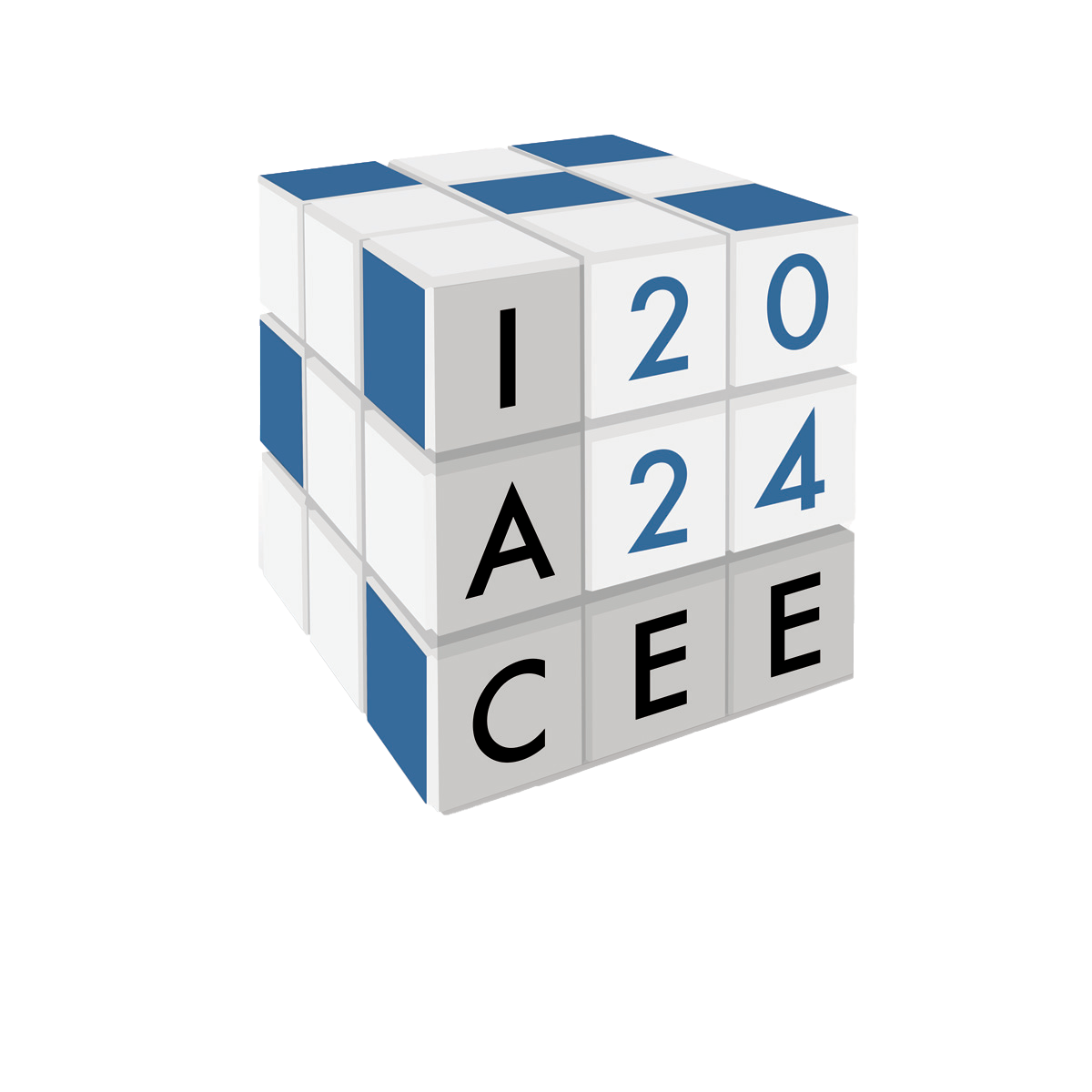Social Activities
Conference attendees have the option to attend a tour to El Caprico on Friday, May 24, following the close of the conference.
El Caprico d e Gaudi is a villa in Comillas, designed by Antoni Gaudí. Gaudí, who designed only a small number of buildings outside Catalonia, was involved with other projects at Comillas. He was the assistant of Joan Martorell on another summer residence, the palacio de Sobrellano. The building fell into disrepair after the Spanish Civil War, a state in which it continued despite being declared a National Monument in 1969.
e Gaudi is a villa in Comillas, designed by Antoni Gaudí. Gaudí, who designed only a small number of buildings outside Catalonia, was involved with other projects at Comillas. He was the assistant of Joan Martorell on another summer residence, the palacio de Sobrellano. The building fell into disrepair after the Spanish Civil War, a state in which it continued despite being declared a National Monument in 1969.
Additional Sightseeing Options
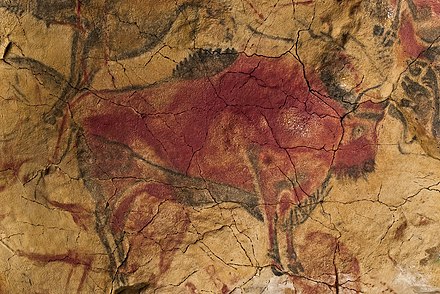 The Cave of Altamira is a cave complex, located near the historic town of Santillana del Mar in Cantabria, Spain. The cave has an irregular shape and is some 270 metres in length. It has an entrance hall, main gallery and side hall, and contains some of the world's finest examples of prehistoric rock art. The drawings are some 14,000 years old and show bison, deer, boars, horses etc. They are painted using natural, red-coloured ochre and outlined in black.
The Cave of Altamira is a cave complex, located near the historic town of Santillana del Mar in Cantabria, Spain. The cave has an irregular shape and is some 270 metres in length. It has an entrance hall, main gallery and side hall, and contains some of the world's finest examples of prehistoric rock art. The drawings are some 14,000 years old and show bison, deer, boars, horses etc. They are painted using natural, red-coloured ochre and outlined in black.
Sobrellano P alace is placed in one of the most beautiful coastal city of Cantabria for his fabulous architectural heritage is located Sobrellano’s Palace and his Chapel-Pantheon. Both designed by Joan Martorell under the order of the I Marquees of Comillas, the Indian businessman D. Antonio Lopez Lopez. The Palace and the Chapel-Pantheon are conceived today as an authentic architectural jewel of Neogothic style.
alace is placed in one of the most beautiful coastal city of Cantabria for his fabulous architectural heritage is located Sobrellano’s Palace and his Chapel-Pantheon. Both designed by Joan Martorell under the order of the I Marquees of Comillas, the Indian businessman D. Antonio Lopez Lopez. The Palace and the Chapel-Pantheon are conceived today as an authentic architectural jewel of Neogothic style.
Park G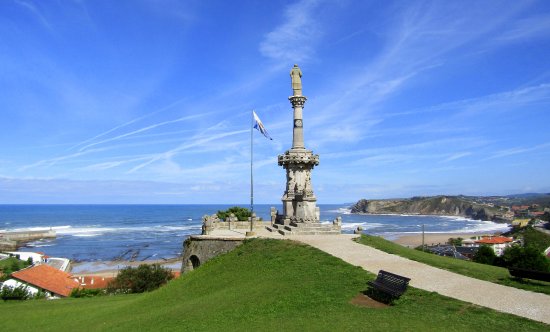 üell y Martos is popularly known in the town of Comillas as Statue Park because of the monument to the first Marquis of Comillas , Antonio López y López , which is located on a hill in the park. It is in one of the highest parts of the town as a beautiful viewpoint of the Cantabrian Sea and a privileged enclave, since this park was strategically conceived as a watchtower facing the sea.
üell y Martos is popularly known in the town of Comillas as Statue Park because of the monument to the first Marquis of Comillas , Antonio López y López , which is located on a hill in the park. It is in one of the highest parts of the town as a beautiful viewpoint of the Cantabrian Sea and a privileged enclave, since this park was strategically conceived as a watchtower facing the sea.
Chapel of Pantheon was projected as a cathedral on a small scale endowed of ambulatory. It fulfills the function of a familiar mausoleum but also of temple where to celebrate trades in his interior. His construction is previous to the Palace. The project was realized in July of 1878. The light game provided by the windows polychromes against Eudald Ramon Amigo, stand out on the robust lateral walls of the chapel. The seats, the couches and the banks were designed by Antonio Gaudí.
of Pantheon was projected as a cathedral on a small scale endowed of ambulatory. It fulfills the function of a familiar mausoleum but also of temple where to celebrate trades in his interior. His construction is previous to the Palace. The project was realized in July of 1878. The light game provided by the windows polychromes against Eudald Ramon Amigo, stand out on the robust lateral walls of the chapel. The seats, the couches and the banks were designed by Antonio Gaudí.
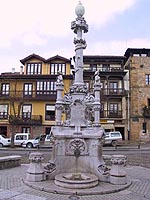
Fountain of the Three Pipes is built in the Plaza de Joaquín del Piélago, in gratitude to D. Joaquín del Piélago, son-in-law of the first marquis, for his generous contribution to the works to bring water to Comillas. Doménech proposes a central column with three lateral registers. The ornamentation includes: cartouches with texts of gratitude, plant motifs with a vague Gothic memory, crown and kick cross with arms, floral borders and angels; The coiled dolphin stands out as the central aquatic theme.
The House of the Duke of 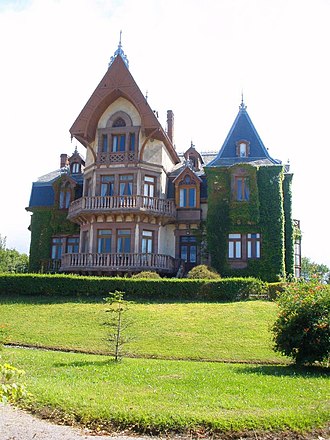 Almodóvar del Río is a building built in Comillas between 1899 - 1902 by the Jerez architect Francisco Hernández-Rubio y Gómez. It is a construction that can be stylistically included in the so-called English historicist architecture and its characteristics include asymmetry, the multiplicity of axes or the wood and brick work, features that contrast significantly with the styles of other prominent buildings in Comillas.
Almodóvar del Río is a building built in Comillas between 1899 - 1902 by the Jerez architect Francisco Hernández-Rubio y Gómez. It is a construction that can be stylistically included in the so-called English historicist architecture and its characteristics include asymmetry, the multiplicity of axes or the wood and brick work, features that contrast significantly with the styles of other prominent buildings in Comillas.
Comillas beach, of  fine golden sand, is located in the center of the town and has all kinds of services for visitors. It is located very near Oyambre Natural Park, near the Ría de la Rabia estuary.
fine golden sand, is located in the center of the town and has all kinds of services for visitors. It is located very near Oyambre Natural Park, near the Ría de la Rabia estuary.
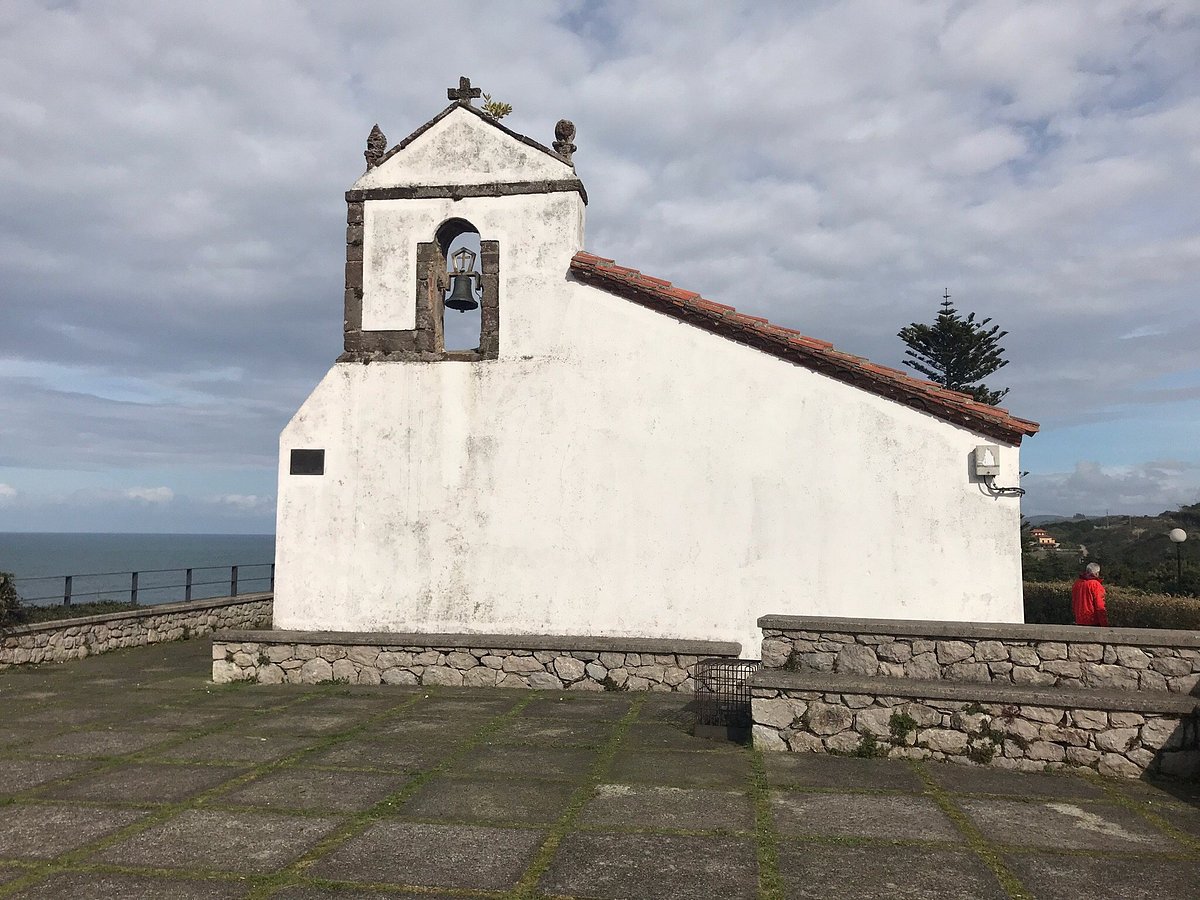
Santa Lucia viewpoint is located at the Hermitage of Santa Lucia is this viewing point which was once the lookout point of the fishing village and had two lighthouses. The spot overlooks the harbor area.
Old Town Ha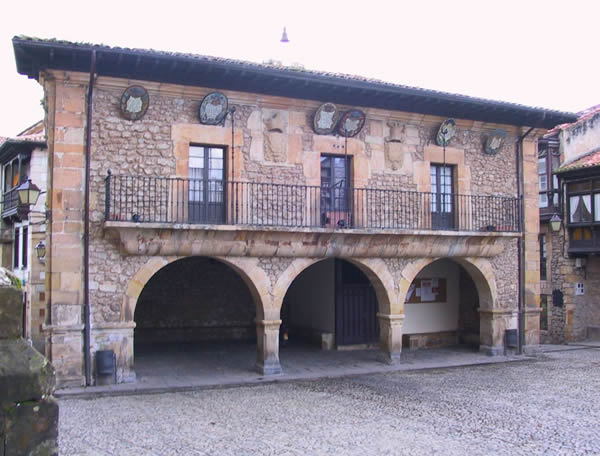 ll is a splendid building is located in the square Plaza de la Constitución and was built around the year 1775 on the ruins of the hermitage of Saint John, an ancient pilgrim’s resting place. It consists of a Romanesque arcade, an open ground floor for the townspeople and a first floor with door-like windows that open to an extended balcony supported by a large parapet.
ll is a splendid building is located in the square Plaza de la Constitución and was built around the year 1775 on the ruins of the hermitage of Saint John, an ancient pilgrim’s resting place. It consists of a Romanesque arcade, an open ground floor for the townspeople and a first floor with door-like windows that open to an extended balcony supported by a large parapet.
The stonework was done by Simón Fernández de Castro. The five shields of the archbishops who gave Comillas the name of The Village of the Archbishops hang on the wall of the main façade.








